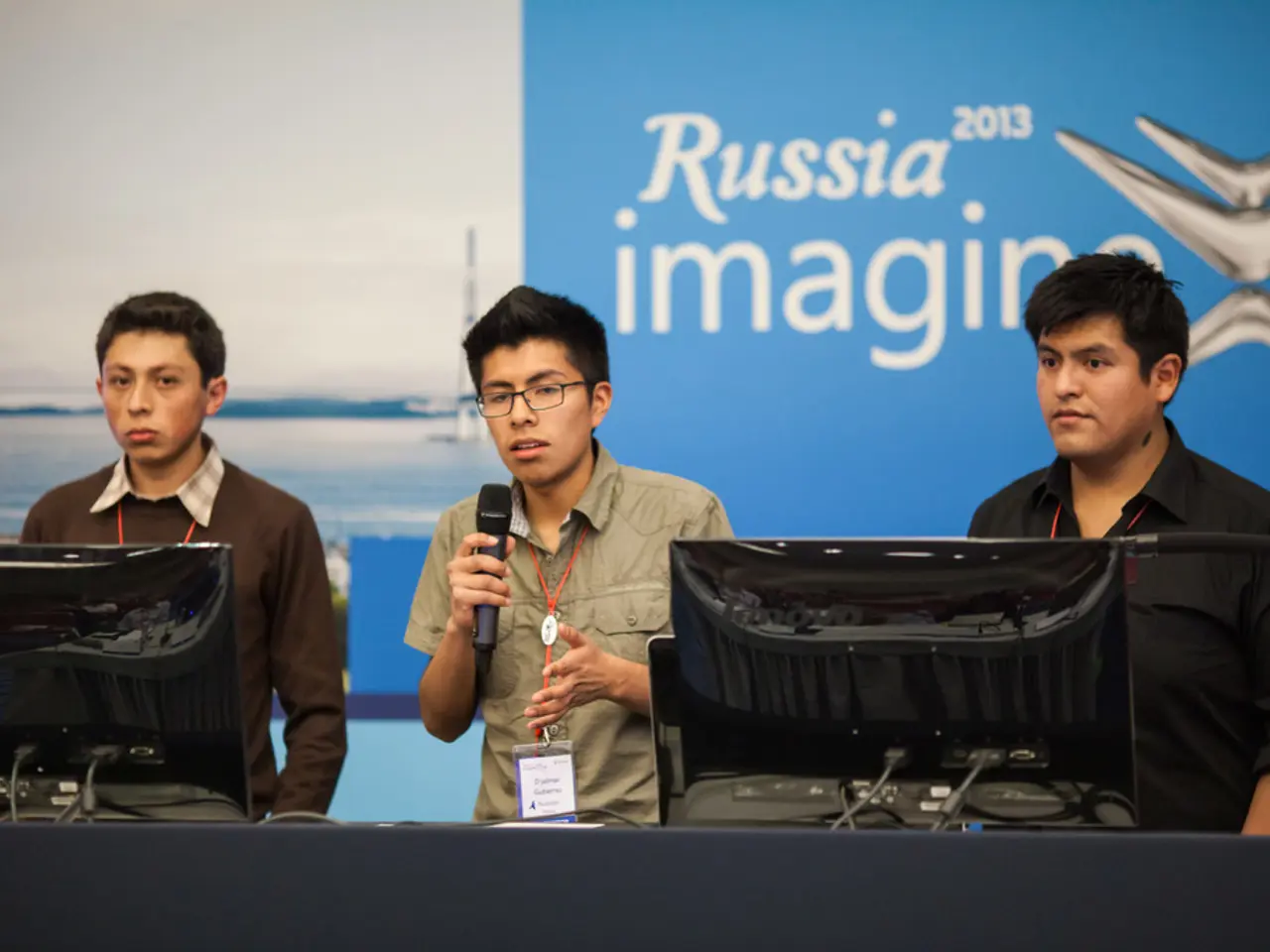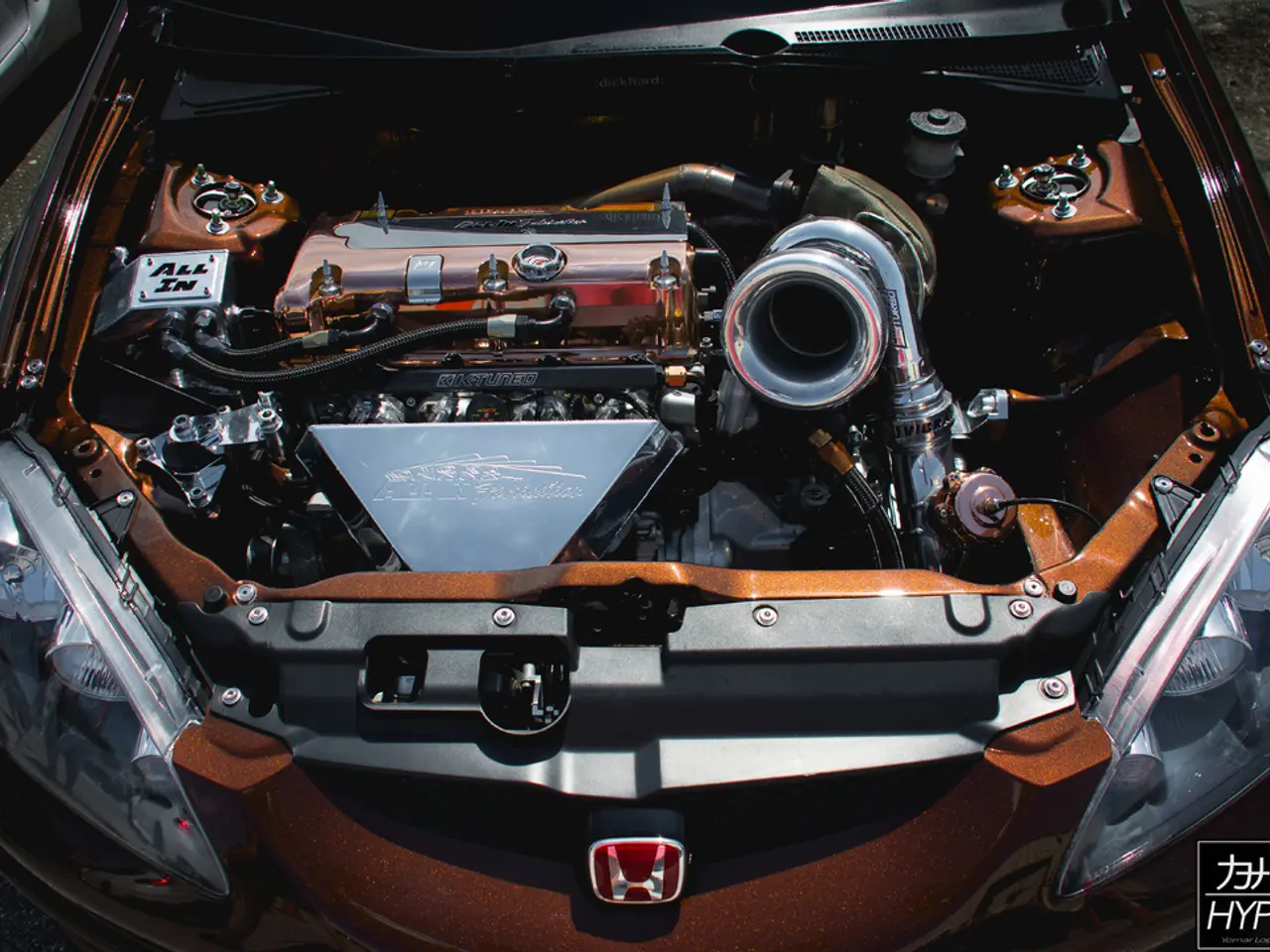Exploring the Roots and Transformations of Techno Music: An Examination of its Historical and Cultural Significance!
In the realms of electronic dance music (EDM), techno stands as a catalyst for change, a genre that has permeated various genres within the EDM cosmos with its unique blend of cyclic beats, synthesized tones, and otherworldly harmonies.
Originated in Detroit in the early 1980s, techno music swiftly traversed borders and boundaries, captivating audiences in Europe, Asia, and beyond with its mesmerizing beats and avant-garde sounds. The initial influences on techno culture in Detroit during the late 1970s and early 1980s include a rich blend of European electronic music, especially from the German group Kraftwerk, combined with American funk, soul, disco, and electro. The genre's founders, known as the Belleville Three (Juan Atkins, Derrick May, and Kevin Saunderson), who were black students near Detroit, creatively fused these elements, along with inspiration from artists like Parliament, Prince, and radio shows like The Midnight Funk Association to form a distinct sound that later became known as Detroit techno.
Detroit’s techno roots also drew from the city's post-industrial landscape and club culture, where DJs produced and played these new electronic sounds in nightclubs and parties. The early recordings from Cybotron (Juan Atkins and Rick Davis) around 1981, including the single "Alleys of Your Mind," were influential in setting the tone for techno's development. Afterwards, Atkins’ label Metroplex helped further shape the genre with artists such as Eddie Fowlkes and Kevin Saunderson contributing seminal tracks.
As techno continued to evolve, it began to reflect the diversity present in society at large. Today, the techno community is moving towards embracing a wider range of artists, with the rise of gender-diverse artists reshaping the industry landscape.
From the early days of drum machines and synthesizers to the present day, where cutting-edge software and hardware reign supreme, techno producers have ceaselessly delved into uncharted territory in search of groundbreaking sounds. With masterful control over timing and energy levels, DJs transform mere collections of tracks into immersive sonic experiences that transcend mere entertainment.
In their role as sonic architects, DJs not only entertain but also educate, shining a spotlight on hidden gems and underground subgenres that contribute to the rich tapestry of techno music. Their ability to curate sets that defy expectations and transport listeners to uncharted territories is nothing short of mesmerizing.
Within the realm of artistry, techno's sway manifests through an emergence of multimedia installations and immersive encounters that dissolve the boundaries between audio, visuals, and technology. Vibrant hues, shimmering textiles, and unconventional designs have become emblematic of the techno ethos, mirroring the rhythmic pulsations and daring experimentation inherent in its soundscapes.
The enigmatic allure of Techno's impact on the realms of fashion and art dates back to its clandestine origins within the underground rave culture of the 1980s. Today, cities such as Berlin, Ibiza, and Tokyo emerge as pulsating epicenters for techno aficionados, with festivals like Tomorrowland offering a futuristic wonderland experience for attendees looking to immerse themselves in cutting-edge production and visuals.
In recent times, technological advancements have paved the way for a democratization of music production, opening doors for aspiring producers to dive headfirst into their creative endeavors. This newfound accessibility has sparked a surge of creativity within techno production circles, as artists blend elements from diverse genres while venturing into unorthodox sound design territories.
Innovative electronic music genres such as acid house and techno shaped the sonic landscape of these raves, sparking a frenzy of creative exploration and pushing boundaries beyond traditional music styles. Acid techno takes inspiration from the Roland TB-303 synthesizer, crafting a cacophony of distorted sounds. Industrial techno emerges from the shadows of industrial music's past, blending harsh metallic tones with relentless beats.
Minimal techno lures listeners into a trance-like state with its stripped-down beats and subtle nuances. Dekmantel provides a gritty industrial vibe for those seeking a unique atmosphere at a techno festival.
The world of techno music has always been a realm of boundless experimentation and innovation when it comes to production techniques. Visionary trailblazers like Juan Atkins, Derrick May, and Kevin Saunderson drew inspiration from an enigmatic mix of sources such as Kraftwerk, African drumming traditions, Brian Eno's work, and Pierre Schaeffer's work. Their innovative use of synthesizers, drum machines, and sampling techniques created a new sonic landscape that captivated audiences.
In summary, techno music has come a long way since its inception in the labyrinthine 1980s. From its roots in Detroit's post-industrial landscape to its current status as a global phenomenon, techno continues its perplexing evolution and explosive growth, pushing boundaries and reshaping the intricate tapestry of EDM.
- Detroit techno's fusion of German electronic music, American funk, soul, disco, and electro expanded into a unique blend of genres, including pop, rock, and funk.
- As techno producers delved into uncharted territory, they discovered synergies with electronic music, giving birth to subgenres like acid house and electronic dance music (EDM).
- The techno community boasts gender-diverse artists who have helped reshape the industry landscape, echoing the genre's wide musical appeal that transcends traditional boundaries.
- The fusion of technology and music in techno music has led to innovative production techniques, bridging the gap between various genres such as electronic, rock, pop, and even elements of funk.




